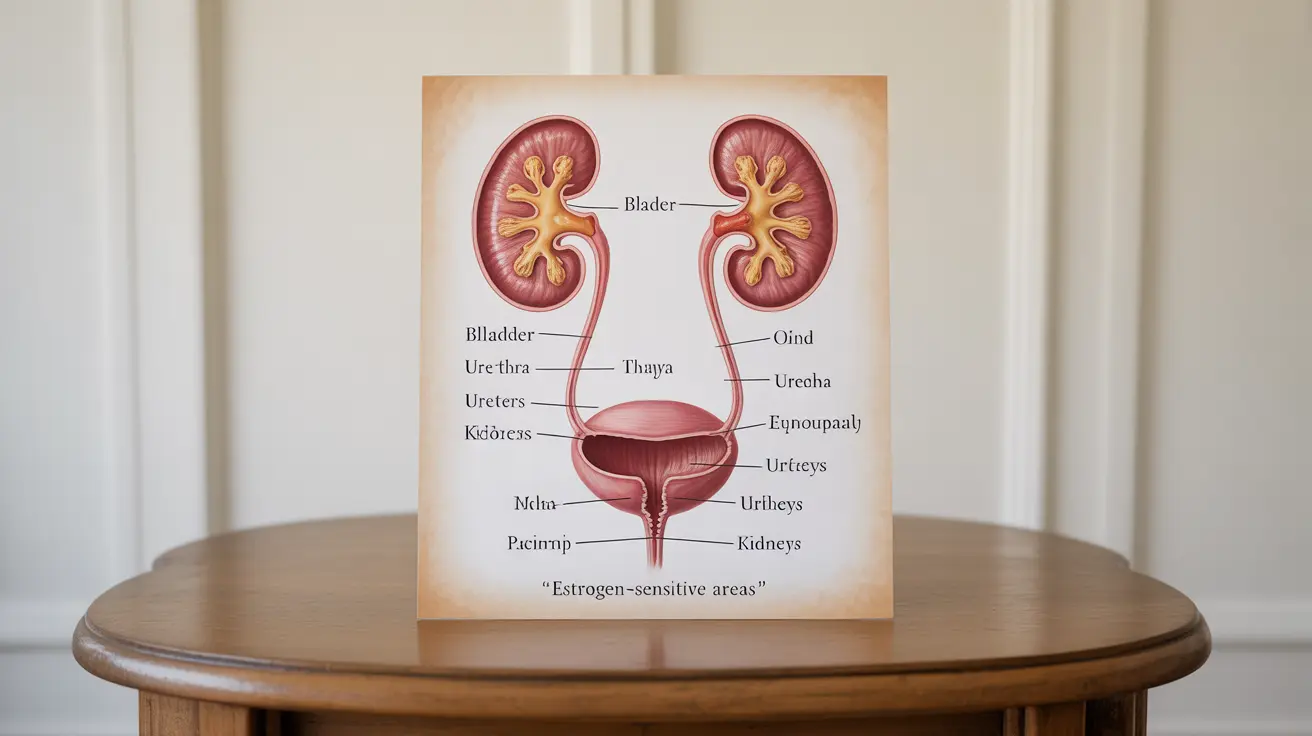Pelvic floor therapy is a crucial aspect of maintaining urinary and bowel control for both men and women. This specialized form of physical therapy focuses on strengthening and rehabilitating the muscles that support the pelvic organs, including the bladder, uterus (in women), and rectum. Whether you're dealing with incontinence issues or looking to improve your overall pelvic health, understanding pelvic floor therapy and how to perform exercises at home can be a game-changer for your quality of life.
In this comprehensive guide, we'll explore the benefits of pelvic floor therapy, techniques you can use at home, and important considerations for those with specific pelvic floor conditions. We'll also discuss when it's appropriate to seek professional help and what to expect from guided therapy sessions.
Understanding Pelvic Floor Muscles and Their Function
The pelvic floor is a group of muscles that form a supportive hammock at the base of the pelvis. These muscles play a vital role in several bodily functions:
- Supporting pelvic organs
- Maintaining urinary and fecal continence
- Contributing to sexual function
- Stabilizing the core and lower back
When these muscles are weakened or overly tense, various issues can arise, including urinary incontinence, fecal incontinence, and pelvic pain. Pelvic floor therapy aims to address these problems by improving muscle strength, coordination, and relaxation.
Benefits of Pelvic Floor Therapy
Engaging in regular pelvic floor exercises can lead to numerous health benefits:
- Improved bladder and bowel control
- Reduced risk of pelvic organ prolapse
- Enhanced sexual function and satisfaction
- Better core stability and posture
- Decreased pelvic pain
For individuals experiencing urinary stress incontinence or recovering from prostate surgery, pelvic floor therapy can be particularly beneficial. Many people notice improvements in their symptoms within 4 to 6 weeks of consistent practice, with significant benefits possible after 3 months of dedicated training.
Pelvic Floor Therapy at Home: Techniques and Exercises
While professional guidance can be invaluable, many pelvic floor exercises can be performed effectively at home. Here's a step-by-step guide to get you started:
Identifying the Correct Muscles
Before beginning exercises, it's crucial to ensure you're targeting the right muscle group:
- Sit or lie in a comfortable position.
- Try to stop the flow of urine midstream (for identification purposes only, not as a regular exercise).
- Alternatively, imagine trying to prevent passing gas.
- The muscles you feel tightening are your pelvic floor muscles.
Basic Pelvic Floor Exercise Routine
Once you've identified the correct muscles, follow these steps:
- Empty your bladder before starting.
- Tighten your pelvic floor muscles and hold for a count of 10 seconds.
- Relax the muscles completely for 10 seconds.
- Repeat this process 10 times.
- Aim to perform this routine 3-5 times daily.
You can do these exercises while sitting, lying down, or standing. As you progress, try incorporating them into your daily activities, such as when lifting objects or during moments when you're likely to experience leakage.
Advanced Techniques and Tools
For those looking to enhance their pelvic floor therapy at home:
- Women can use vaginal cones, which are weighted devices held in place by contracting the pelvic floor muscles.
- Biofeedback devices can help you visualize your muscle contractions, ensuring you're exercising correctly.
- Some individuals may benefit from electrical stimulation devices, though these should be used under professional guidance.
Hypertonic Pelvic Floor: When Muscles Are Too Tight
While many people focus on strengthening weak pelvic floor muscles, it's equally important to address hypertonic (overly tight) pelvic floor muscles. A hypertonic pelvic floor can cause symptoms such as:
- Pelvic pain
- Difficulty emptying the bladder or bowels
- Pain during sexual intercourse
If you suspect you have a hypertonic pelvic floor, it's crucial to consult with a pelvic floor specialist. Treatment may involve relaxation techniques, gentle stretches, and biofeedback therapy to help you learn to relax these muscles effectively.
When to Seek Professional Help
While pelvic floor therapy at home can be highly effective, there are times when professional guidance is necessary:
- If you're unsure about proper technique
- When symptoms persist or worsen despite consistent exercises
- If you experience pain during exercises
- For complex conditions like hypertonic pelvic floor or pelvic organ prolapse
A physical therapist specializing in pelvic floor therapy can provide personalized treatment plans, hands-on techniques, and advanced therapies to address your specific needs.
Frequently Asked Questions
- What are the benefits and risks of performing pelvic floor exercises at home?
Benefits include improved bladder and bowel control, reduced risk of pelvic organ prolapse, and enhanced sexual function. Risks are minimal when done correctly but may include muscle fatigue or temporary worsening of symptoms if overexercised. It's important to follow proper technique and not overdo the exercises.
- How can I identify if I have a hypertonic pelvic floor, and what are the best treatments?
Signs of a hypertonic pelvic floor include pelvic pain, difficulty urinating or having bowel movements, and pain during intercourse. The best treatments often involve relaxation techniques, gentle stretches, and biofeedback therapy under the guidance of a pelvic floor specialist.
- What is the difference between pelvic floor exercises and Kegel exercises?
Kegel exercises are a specific type of pelvic floor exercise that focus on contracting and relaxing the pelvic floor muscles. Pelvic floor therapy is a broader term that includes Kegels but may also encompass other exercises, relaxation techniques, and treatments to address various pelvic floor issues.
- Can pelvic floor therapy help improve symptoms of urinary or fecal incontinence, and how long does it take to see results?
Yes, pelvic floor therapy can significantly improve symptoms of both urinary and fecal incontinence. Many people notice improvements within 4 to 6 weeks of consistent practice, with more substantial benefits possible after 3 months of dedicated training.
- How can I perform pelvic floor exercises correctly to avoid discomfort or worsening symptoms?
To perform exercises correctly, ensure you're targeting the right muscles, maintain proper posture, breathe normally, and avoid tensing your abdomen, buttocks, or thighs. Start with gentle contractions and gradually increase intensity. If you experience discomfort or worsening symptoms, consult a pelvic floor specialist for guidance.
By incorporating pelvic floor therapy into your daily routine and seeking professional help when needed, you can significantly improve your pelvic health and overall quality of life. Remember, consistency is key, and with patience and proper technique, you can achieve remarkable results in managing and preventing pelvic floor disorders.




